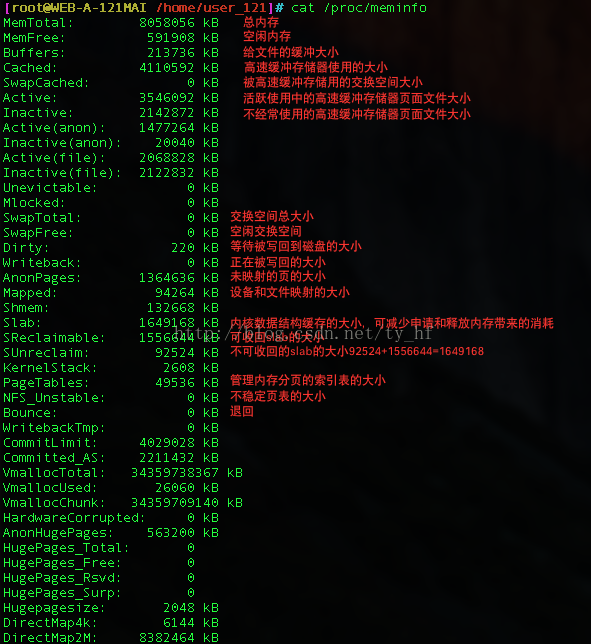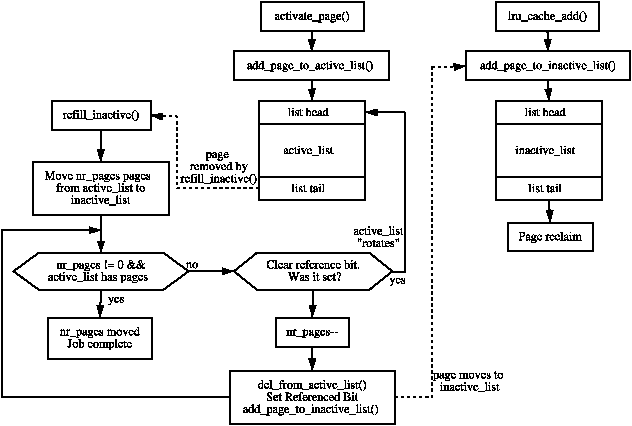Are you facing a performance issue and you suspect it might be related to cache usage? High cache usage should not normally cause performance issues, but it might be the root cause in some rare cases.
However, if you want to force the Linux OS to do clearing memory cache on a particular interval, just add the command to cron job. Here, I show you how. Open up your terminal and enter the following command to create a file called cacheclear.sh. Say for example, I create cacheclear.sh file in my /home directory. As you know, every operating system uses cache, buffer, etc. To run its processes as well as increase the operating speed of the operating system. Accordingly, to manage and clear cache, buffer, and Swap memory in Linux, it provides a way for your users to delete them if necessary. I am running a c tool on Linux machine. The tool crashes because of memory issues. I have checked the RAM details of my machine. Total used free shared buffers cached Mem: 7 50 0 15 12758 -/+ buffers/cache: 2972 12825 Swap: 8001 345 7655. The Firefox cache temporarily stores images, scripts, and other parts of websites you visit in order to speed up your browsing experience. This article describes how to clear the cache. To clear your history (cookies, browsing history, cache, etc.) all at once, see Delete browsing, search and download history on Firefox. Portal for mac free.
What is Memory Cache

Sam broadcaster windows 10. In order to speed operations and reduce disk I/O, the kernel usually does as much caching as it has memory By design, pages containing cached data can be repurposed on-demand for other uses (e.g., apps) Repurposing memory for use in this way is no slower than claiming pristine untouched pages.

What is the purpose of /proc/sys/vm/drop_caches
Writing to /proc/sys/vm/drop_caches allows one to request the kernel immediately drop as much clean cached data as possible. This will usually result in some memory becoming more obviously available; however, under normal circumstances, this should not be necessary.
How to clear the Memory Cache using /proc/sys/vm/drop_caches
Writing the appropriate value to the file /proc/sys/vm/drop_caches causes the kernel to drop clean caches, dentries and inodes from memory, causing that memory to become free.
1. In order to clear PageCache only run:
2. In order to clear dentries (Also called as Directory Cache) and inodes run:

3. In order to clear PageCache, dentries and inodes run:
Running sync writes out dirty pages to disks. Normally dirty pages are the memory in use, so they are not available for freeing. So, running sync can help the ensuing drop operations to free more memory.
Page cache is memory held after reading files. Linux kernel prefers to keep unused page cache assuming files being read once will most likely to be read again in the near future, hence avoiding the performance impact on disk IO. How do i update my office for mac 2011.
dentry and inode_cache are memory held after reading directory/file attributes, such as open() and stat(). dentry is common across all file systems, but inode_cache is on a per-file-system basis. Linux kernel prefers to keep this information assuming it will be needed again in the near future, hence avoiding disk IO.
Script To Clear Cache Memory In Linux

How to clear the Memory Cache using sysctl
You can also Trigger cache-dropping by using sysctl -w vm.drop_caches=[number] command.
1. To free pagecache, dentries and inodes, use the below command.
2. To free dentries and inodes only, use the below command.
3. To free the pagecache only, use the below command.
Cache Clear In Linux
How To Clear Cache In Memory
“Clean” cached data is eligible for dropping. “Dirty” cached data needs to be written somewhere. Using vm.drop_caches will never trigger the kernel to drop dirty cache.




